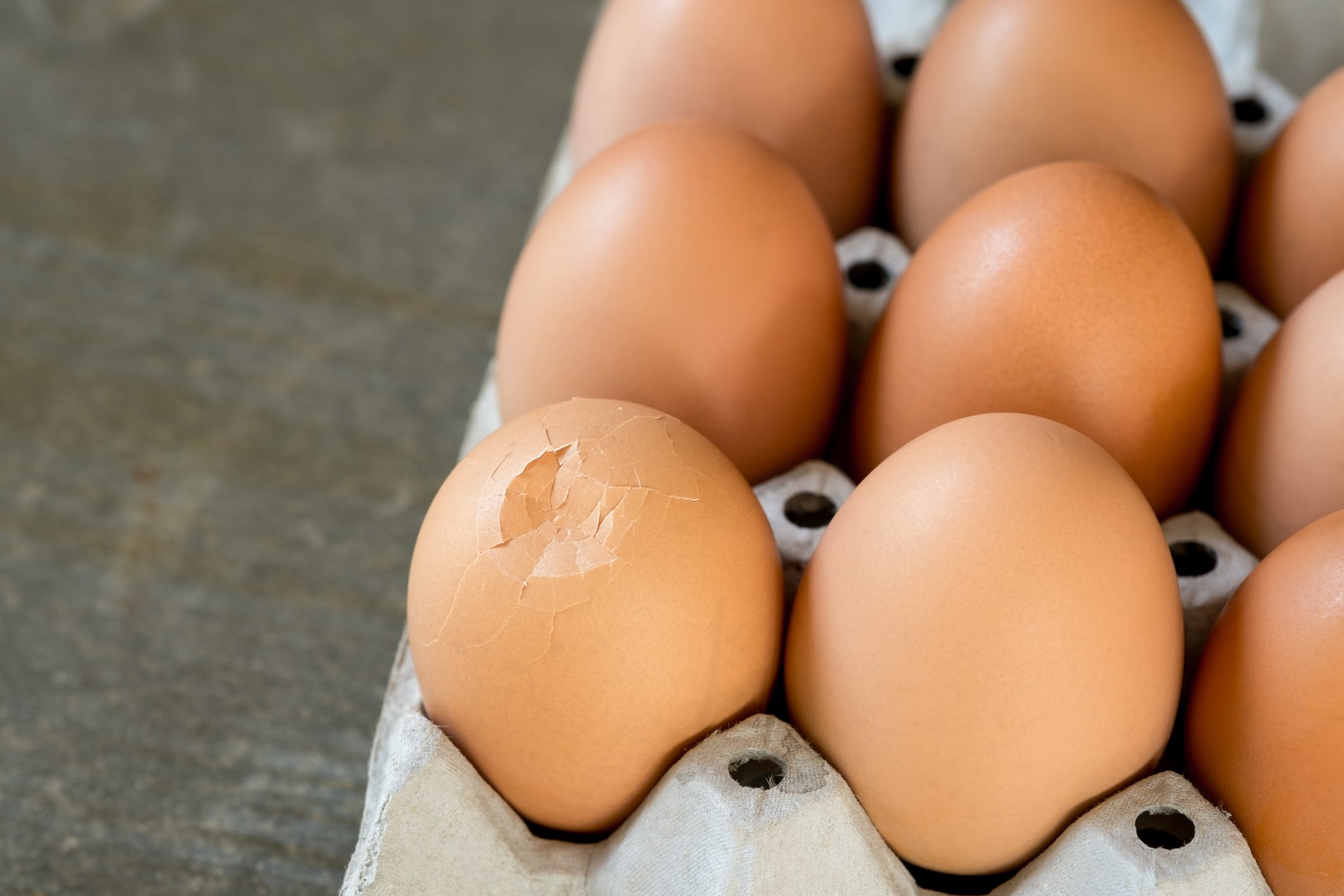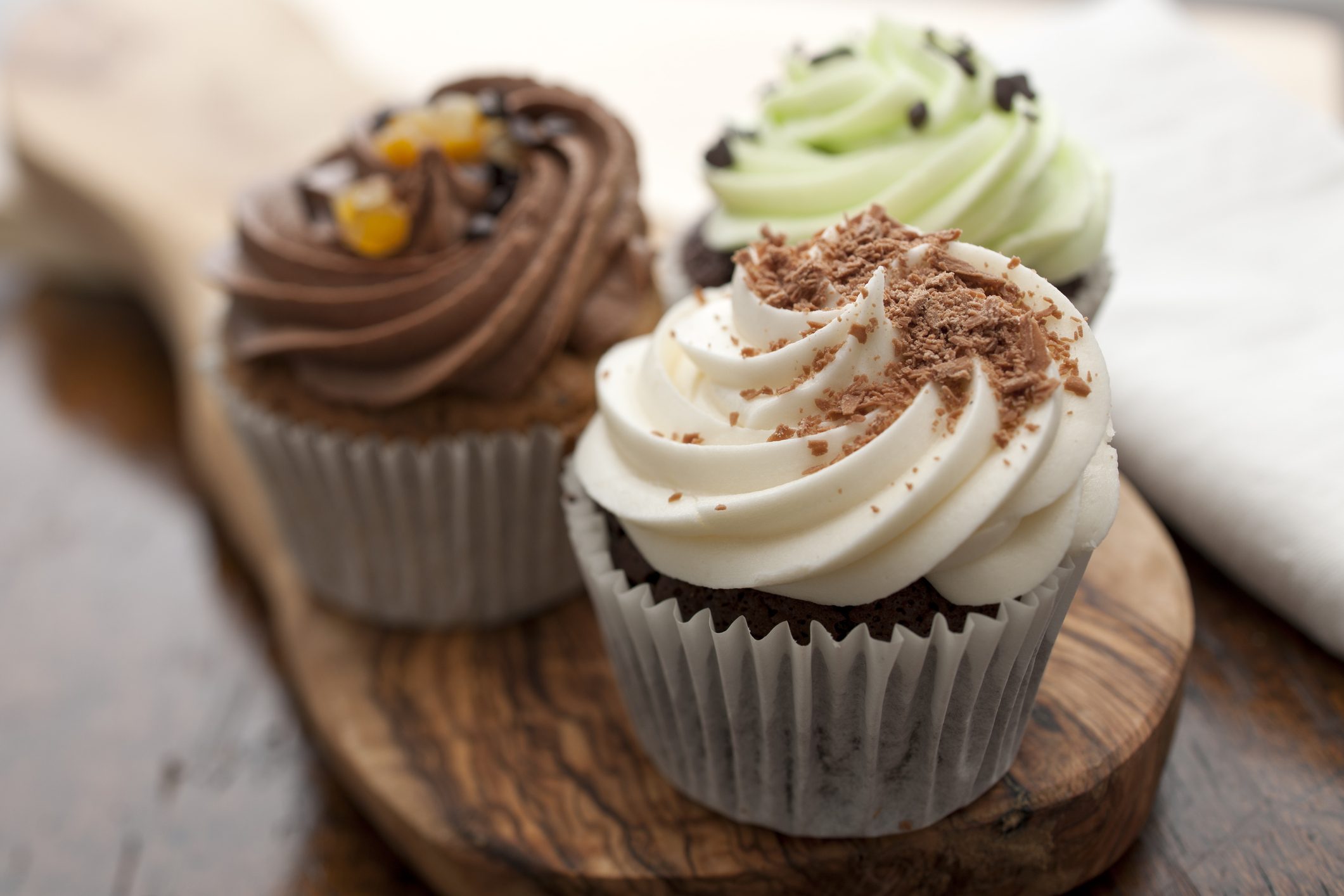10 mistakes you’re likely making when cracking eggs
Egg are one of the most versatile ingredients and a staple in most households. But whether you are just making plain fried eggs or a souffle, those pesky bits of shell that fall into your mix is something that can instantly annoy us. Moreover, preventing a bad egg from landing in your mix is critical if you don’t want your hard work to go to waste. Here are pro tips and tricks for cracking eggs the right way!
;Resize,width=742;)
Most chefs make it look super easy to crack eggs without breaking the yolk or getting shell pieces in their dishes. Luckily, it’s not difficult at all, and with a few tips and a lot of practice, those broken yolks will soon be a thing of the past.
1. Don't use an egg that is already cracked

Cracked eggs are more often bad news than not. You might be tempted to use them because you don’t like to waste food, but it’s better to throw them away. Whether it cracked because it already started to spoil or because of damage from handling, either way the chances are high that it has spoiled in some way. If you know when it cracked (e.g., if you cracked it yourself), then you might be excused for using it if it was recent.
2. Don't let little sneaky bits of shell end up in your cracked egg

Even professionals sometimes struggle to avoid bits of shell after they crack an egg. The trick is actually not to hit the egg against the rim of a bowl. Instead, tap the widest part of the egg on a flat surface. That distributes the force more evenly around the egg and prevents the rim of a bowl from pushing those pieces inside the egg.
3. Don't break the yolk when you're trying to separate the egg

Nothing spell disaster to a meringue more than a cracked yolk! Thus, being able to separate eggs is a skill that is worthy of mastering, and some chefs take years become proficient in doing it. When you do attempt it, crack each egg individually in a separate bowl. That way you can keep the whites free from yolk the whole way through since you cannot undo a yolk cracking and contaminating your mix. Try to open the egg facing up; that will give you the best chance of keeping the yolk whole.
4. Don't push the crack inward to release your egg

Don’t crack the shell inward. What will happen is the pressure will build up inside the egg, which will more likely cause to come out with an explosive effect. Instead, when you crack the egg, pull each end outward in order to empty the egg into the bowl.
5. Don't wash your eggs before cracking

USDA federal regulations require that eggs be washed and their protective coating removed before they are sold. As such, it is not necessary for you to wash eggs before you use them. This process actually gives the eggs greater exposure to bacteria. Thus, if you wash your eggs you risk pushing bacteria on the surface back into the egg. Also, they are just more delicate, so you might break them.
6. Don't crack an egg directly into your cooking preparations

Similar to separating yokes from whites, a pro tip to use when cracking eggs is to do it in a cup or bowl separate from your mix. The reason for doing this is to prevent a bad egg from accidently ruining your mix! Once it’s in, you can’t get it out. It’s therefore way better to catch the bad eggs separately from your mix, and that way you can just easily discard them instead of all your hard work.
7. Use the right surface to crack your eggs

The right surface can help you crack your eggs more efficiently. As already mentioned, a hard flat surface is preferable to the edge or rim of a bowl. Another trick that many pro chefs use is to crack an egg by knocking two eggs together. For the most part only one of them will break (i.e., the weaker-shelled one), but if you don’t plan on using two eggs, then maybe stick with the flat surface.
8. How to do a one-handed crack like a professional chef

This is something that impresses pretty much anyone. And, surprisingly, it’s not all that difficult to do. All you need is the right technique and a lot of practice. The advantage of this method is that it almost guarantees that your egg will be shell free. The trick is to first give the egg a quick tap on a flat surface to get an even crack. Then use your thumb and middle finger to pull the egg shell apart where it cracked. Just keep practicing and will soon get the hang of it.
9. Cracking without testing for freshness

Often times we get in the habit of taking eggs out of the fridge and using them immediately, without actually testing their freshness. You don’t want to set up everything for your recipe, simply to find out your eggs are rotten. To test this, you simply need glass of water. Carefully drop the egg in the water. If it sinks, it’s fresh. If it floats, it’s rotten!
10. Using the rim of a bowl to crack eggs

We’ve all done it before. You’re in a hurry and the rim of a bowl (or pan) looks like the best option to crack the egg. Unfortunately, this rushed method will lead to shells in your dish. If you’re making scrambled eggs and don’t mind a few shells, then by all means go ahead. If, however, you need the egg yolk in tact or need to separate the yolks from the egg whites, it will be best to go with out other tip, and crack it on a flat surface.
;Resize,width=767;)

;Resize,width=712;)

